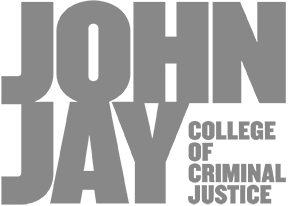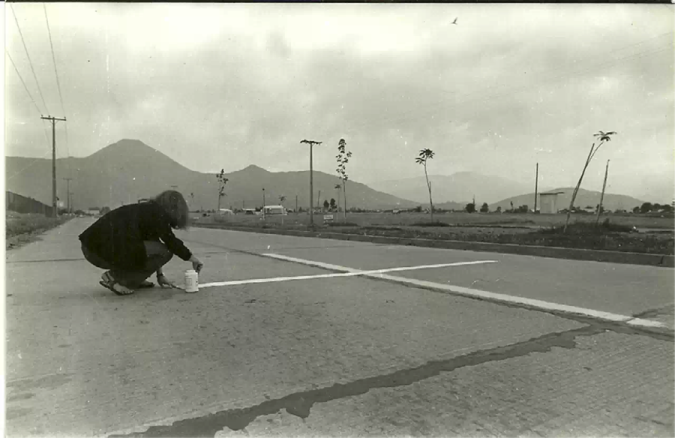Modes of Defiance: Latin American Art, 1970 to the Present
For the inaugural meeting of this year’s Latin American Forum on September 9th, Professor Edward Sullivan moderated a panel discussion titled Modes of Defiance: Latin American Art, 1970 to the Present, which met in conjunction with the exhibition Bearing Witness: Art and Resistance in Cold War Latin America at John Jay College of Criminal Justice (now closed). The panelists included two IFA alumnae, Dr. Estrellita Brodsky, a chief curator of the exhibition, and Dr. Jason Dubs, the Museum Research Consortium Project Manager at The Museum of Modern Art, as well as Dr. Joaquin Barriendos, Assistant Professor at Columbia University, and Dr. Claudia Calirman, Assistant Professor at John Jay College.
Looking at artwork from Latin America during moments of violence and oppression – both historical and contemporary – the panelists spoke about the ways in which art can engage in various strategies of resistance. In discussing the scope of Bearing Witness, Dr. Brodsky laid out a few questions taken up by the exhibition that also served as touchstones for the following panelists. Probing the roles that historical images of violence play in today’s world (one already saturated with violent imagery), Dr. Brodsky asked if a work of art can help us understand our own complicity in the acts of injustice represented in the show and how it might compel us to respond. This raises important questions about what an artwork can accomplish through implicating the viewer. While not explicitly addressed in the panel, I found myself wondering: is the primary function of artwork that engages with powerful images of violence to spread awareness? Can, or should, the artwork do more? Perhaps most significantly, what is the responsibility of the viewer when encountering this kind of work? Questions about an artwork’s political agency emerged as the underlying framework for each of the panelists’ presentations.
Speaking on issues of witnessing and documentation, Dr. Barriendos discussed the ways in which archival material has been employed in exhibition settings as a way to provide witness accounts of violence. Calling for the creative reactivation of historical context within the space of the museum, Dr. Barriendos outlined several projects, such as Luis Camnitzer’s 1969 work Masacre de Puerto Montt (Massacre of Puerto Montt). Examples like this one offer alternative, often performative, methods of bearing witness in an endeavor to eliminate the perceived distance between the viewer and the artwork.
Interested specifically in art that engages a particular site as a politically charged zone of resistance, Dr. Dubbs examined several works by the artists who formed Colectivo Acciones de Arte (CADA), a Chilean activist group working under the military dictatorship there. He highlighted the practice of Lotty Rosenfeld, who in 1979 began an ongoing series in which she fashioned cruciform shapes by intersecting the dividing lines of a road with white tape. Dr. Dubbs charted the significance of several instantiations of this work, comparing how the first gesture, which took place in Santiago, differs from those Rosenfeld executed in Havana – or in front of the White House in Washington D.C. – to illustrate the weight site can bear on meaning.
With an eye to more contemporary practices, Dr. Calirman discussed artworks that elicit discomfort. Teresa Margolles’s De qué otra cosa podríamos hablar? (What Else Could We Talk About?) from the 2009 Venice Biennale, for example, inundated visitors with physical traces of violence and death: once a day, the floor of the gallery was mopped with rags soiled by blood and debris from crime scenes in Mexico. Dr. Calirman asked what art like this – works that speak about, or perhaps stage, violence – demands of the viewer, and posited that the ensuing sense of disgust can act as a galvanizing force in the viewer, for whom passive observance is no longer an option.
Ultimately, the forum begged a question for which there is no easy answer: what result can we hope for through the activation of the viewer? While the political capabilities of art are very much up for debate, it is certain — as Professor Sullivan noted in his final remarks — that one cannot comfortably sip his or her white wine in the gallery alongside such powerful and disquieting works.


